Today I’m pleased to post the first “SP Reads” about a beautifully written book “The Once and Future World” by JB MacKinnon (you may know him as one of the 100 Mile Diet co-authors). This is a book about nature, about the wild, about biodiversity, about humans and our world. And about the relationships we each have with nature.
I picked up this book because SP has been working in conjunction with the Institute of the Environment at the University of Ottawa on a policy tool that can be used to help protect biodiversity — biodiversity offsets. There’s an upcoming conference hosted by the Institute of the Environment and recently SP released a background report on what biodiversity offsets are and where they might be of use in Canada. This report, prepared by David Poulton, is a great background read for anyone interested in the topic of biodiversity offsets – a tool that can be used when we’ve reached the last resort in mitigating the effects of development on biodiversity, via restoring or setting aside habitat elsewhere as compensation. (There’s lots more information available in the report if you’d like to learn more about biodiversity offsets.)
So with biodiversity already on the brain, I picked up “The Once and Future World” and was instantly impressed. MacKinnon opens with stories of his own relationship with nature, and from there he adds complex layers about natural history, the plight of biodiversity, the impacts of human activity, and the wonders of plants and animals. There was so much I enjoyed about this book – the tidbits of natural history and biology, the ecosystem view of nature, the sociology of how we may have “drifted” to such a less diverse world rather than chosen it outright, and the warning that the future will be quite different than the present (and in ways we can’t foresee).
My only frustration with the book was that in being so subtle and so beautifully written, sometimes the horror of the loss of biodiversity is lost. With so much habitat and species already lost (MacKinnon refers to the present world as a “10% world”, in which we have roughly 10% of species and fully functioning ecosystems as a pristine world would have had), and with so little scientific understanding of what each additional loss costs us, the stakes are high. Sometimes I wanted the book to be a little bolder in calling for us all to make choices, sometimes hard ones, to protect biodiversity. The book does touch on some of those uncomfortable conversations (we’ve traded off less biodiversity for more consumer goods and services), but stops short of placing blame anywhere. And perhaps there’s not much point in blaming anyone for the losses already incurred, but if we don’t take action now to stop further loss, the blame in that will lie solely with us modern humans.
For me, without a doubt the highlight of the book was in its call for us to each reconnect with nature. Throughout, MacKinnon subtly places reminders about the beauty and wonder of biodiversity. From the first page, MacKinnon’s message is in essence a call to each of us to renew our relationship with nature – to remember that awe and magic we’ve all felt at various times – because it’s in connecting with and valuing biodiversity that we’ll take action to protect it.
So as I read this book, I had “flashbacks” to various moments that have been special to me as I experienced the “wild” (as an aside, MacKinnon doesn’t waste much space specifying definitions of “nature”, “biodiversity” and “the wild” but lets us each know those terms as we already do, divergent as our personal definitions may be.) Here are some of the points in my life when I’ve felt awed by nature:
“The Once and Future World” is a very accessible, enjoyable read. But it does put some responsibility on the reader to reconnect with nature. And that’s the first step in building a world in which we value nature more than we currently do. The next step is taking action and creating policies that encapsulate those values.